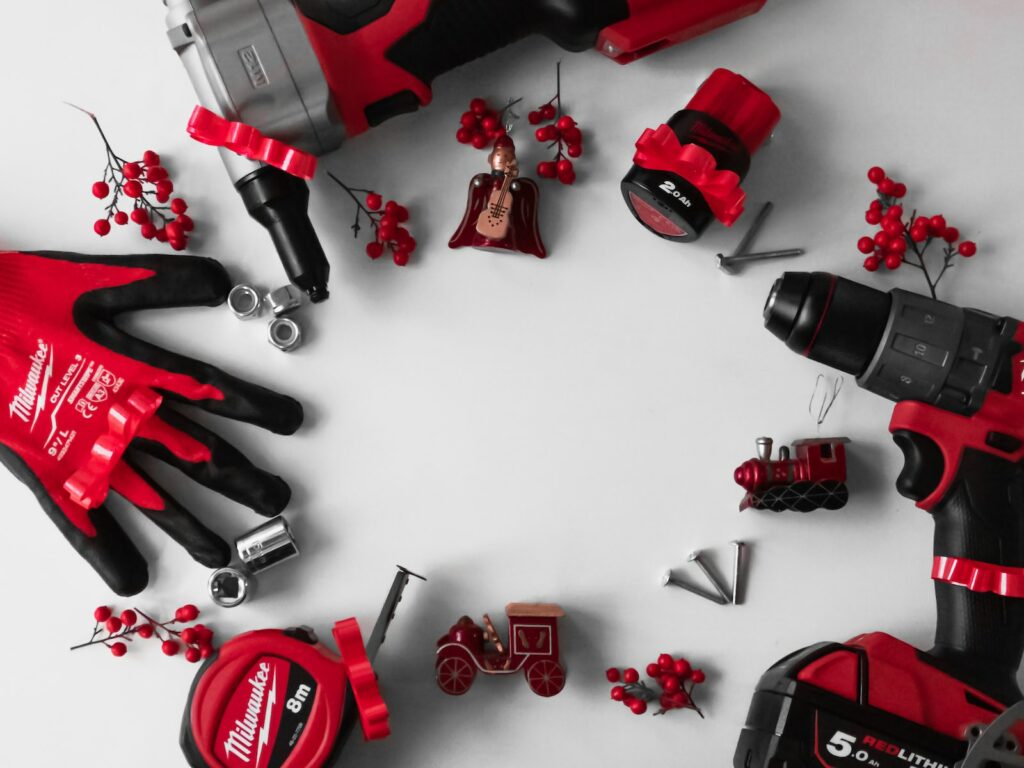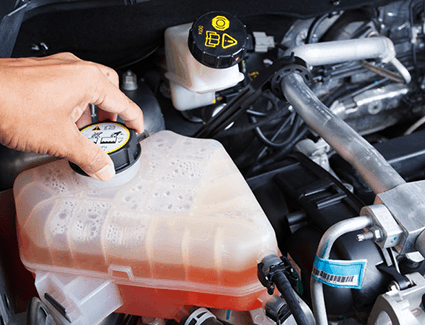Wiper blades are an essential component of your car’s safety equipment. They help clear rain, snow, and debris from your windshield, allowing you to see clearly and drive safely. Over time, however, wiper blades can wear out and become less effective, leaving streaks and smears on your windshield. To ensure your wiper blades are working properly, it’s important to replace them regularly. In this post, we’ll walk you through the process of replacing your wiper blades, step-by-step.
Why is it important to replace your wiper blades?
Wiper blades are made of rubber, which can become brittle and crack over time. When this happens, the blades can’t make proper contact with your windshield, leaving streaks and smears. Worn out wiper blades can also make a lot of noise and can even damage your windshield. Replacing your wiper blades on a regular basis can help prevent these issues and keep your windshield clean and clear.
Benefits of replacing your wiper blades
- Improved visibility: New wiper blades will clear your windshield more effectively, allowing you to see more clearly in bad weather.
- Reduced streaking: Old, worn out wiper blades can leave streaks on your windshield, which can be distracting and dangerous. New blades will reduce or eliminate streaking.
- Quieter operation: Worn out wiper blades can make a lot of noise when they’re in use. New blades will be much quieter.
- Reduced damage: Worn out wiper blades can scratch or damage your windshield. New blades will help prevent this damage.
Step-by-step guide to replacing your wiper blades
- Determine the size of your wiper blades. You’ll need to know the length of your wiper blades in order to purchase the correct replacements. You can find the size of your wiper blades on the old blades themselves or in your car’s owner’s manual.
- Purchase new wiper blades. You can purchase new wiper blades at an auto parts store or online. Make sure you purchase blades that are the correct size for your car.
- Raise the wiper arm. To replace the wiper blade, you’ll need to raise the wiper arm that holds the blade. This will vary depending on the make and model of your car, so consult your owner’s manual for specific instructions.
- Remove the old blade. Once the wiper arm is raised, you should be able to see the attachment point for the wiper blade. Most blades are attached with a small tab that can be depressed or a lever that can be pulled to release the blade. Consult your owner’s manual for specific instructions.
- Install the new blade. Once the old blade is removed, take the new blade out of its packaging and attach it to the wiper arm. Make sure it’s securely attached and the blade is in the correct position.
- Lower the wiper arm. Once the new blade is attached, lower the wiper arm back into its normal position.
- Repeat the process for the other wiper blade. If your car has two wiper blades, repeat the process for the other blade.
- Test your wipers. Once you’ve replaced both blades, test your wipers to make sure they’re working properly.
Precautions
- Always refer to your car’s owner’s manual for specific instructions on how to replace your wiper blades.
2. Make sure to use the correct size blades for your car.
3. Wear gloves or wash your hands before handling wiper blades to avoid leaving any fingerprints or smudges on the blades.
4. Avoid over-extending the wiper arms as this can cause damage to the wipers or the car’s mechanism.
5. Be careful when removing the old blades, as the arms can be delicate and can be easily bent or broken.
6. Always test the wipers after replacing the blades to ensure they are working properly and make any necessary adjustments.
In conclusion
Replacing your wiper blades is an important step in maintaining the safety and functionality of your car. By following this step-by-step guide, you can easily replace your wiper blades and ensure that your windshield is clean and clear, no matter the weather conditions. Remember to regularly check the condition of your wiper blades and replace them as needed for optimal performance. Happy and safe driving!






